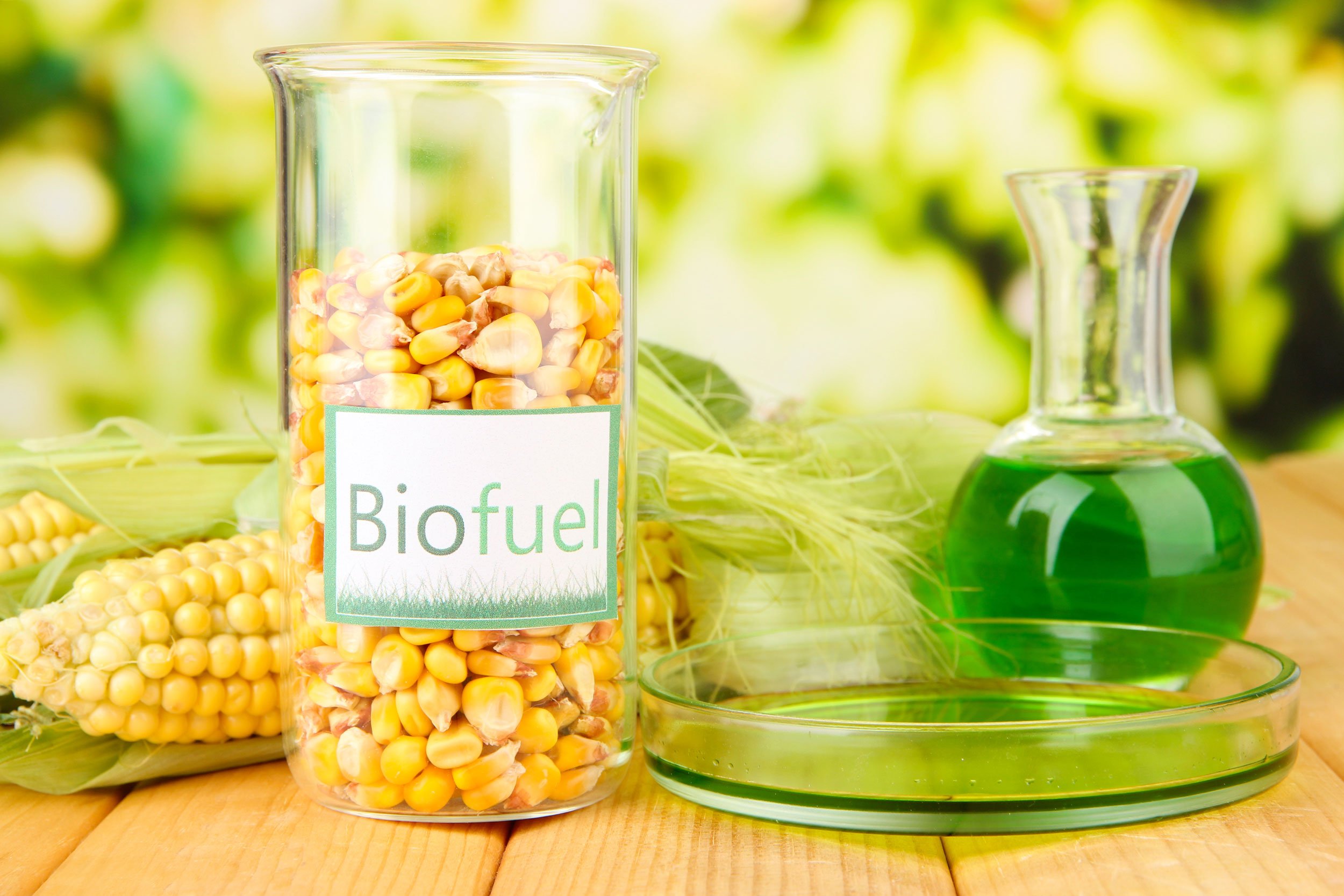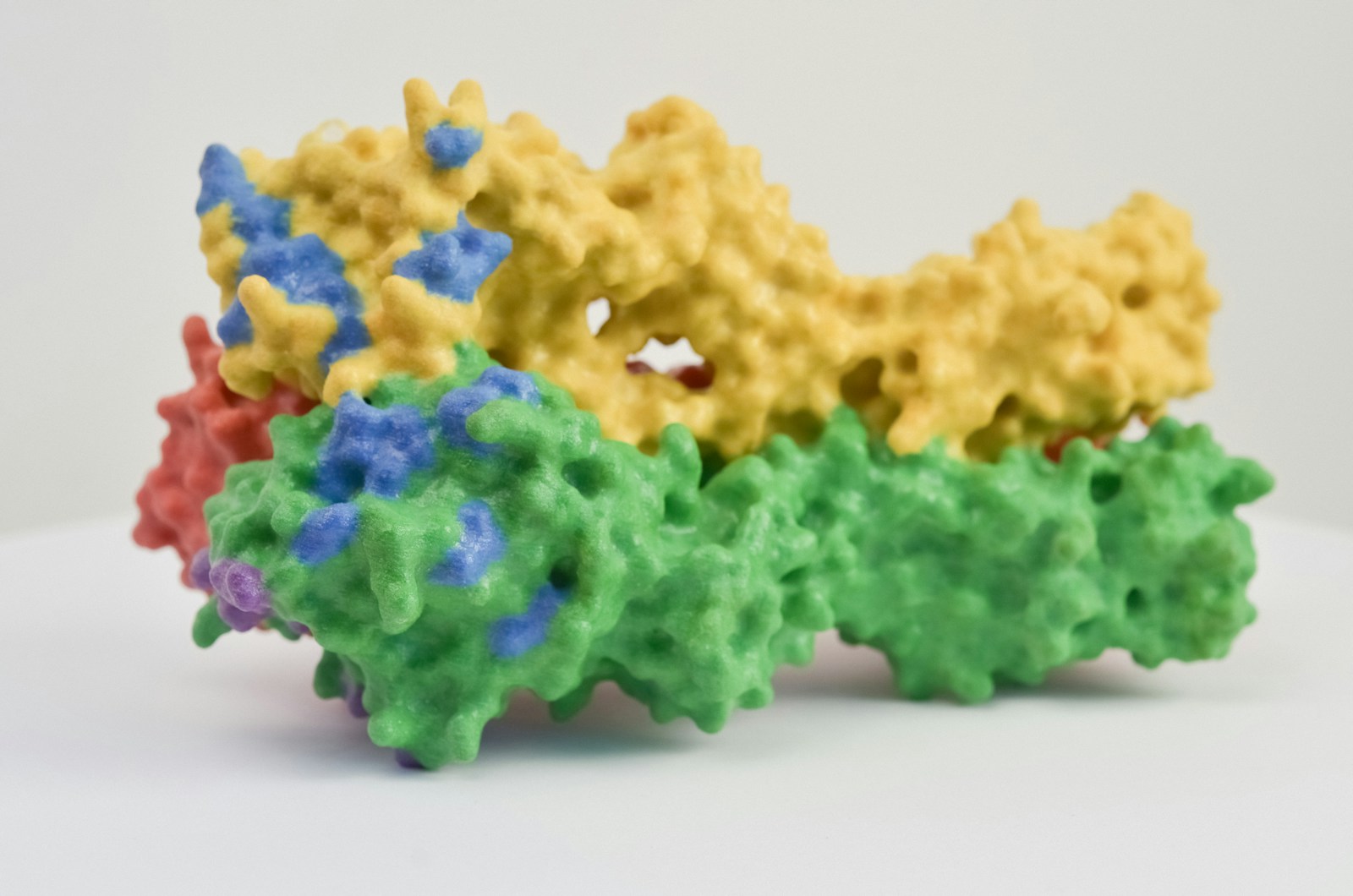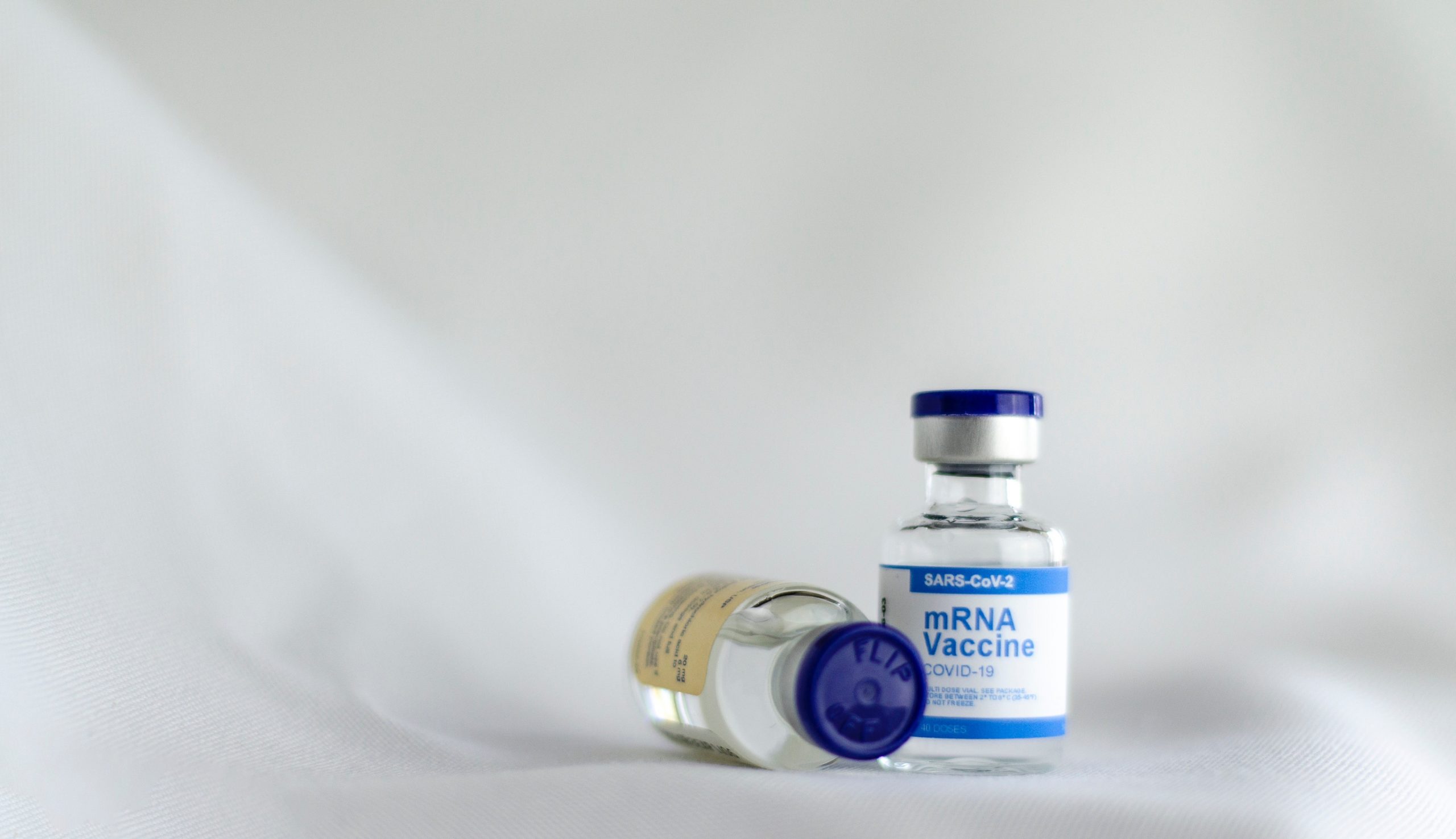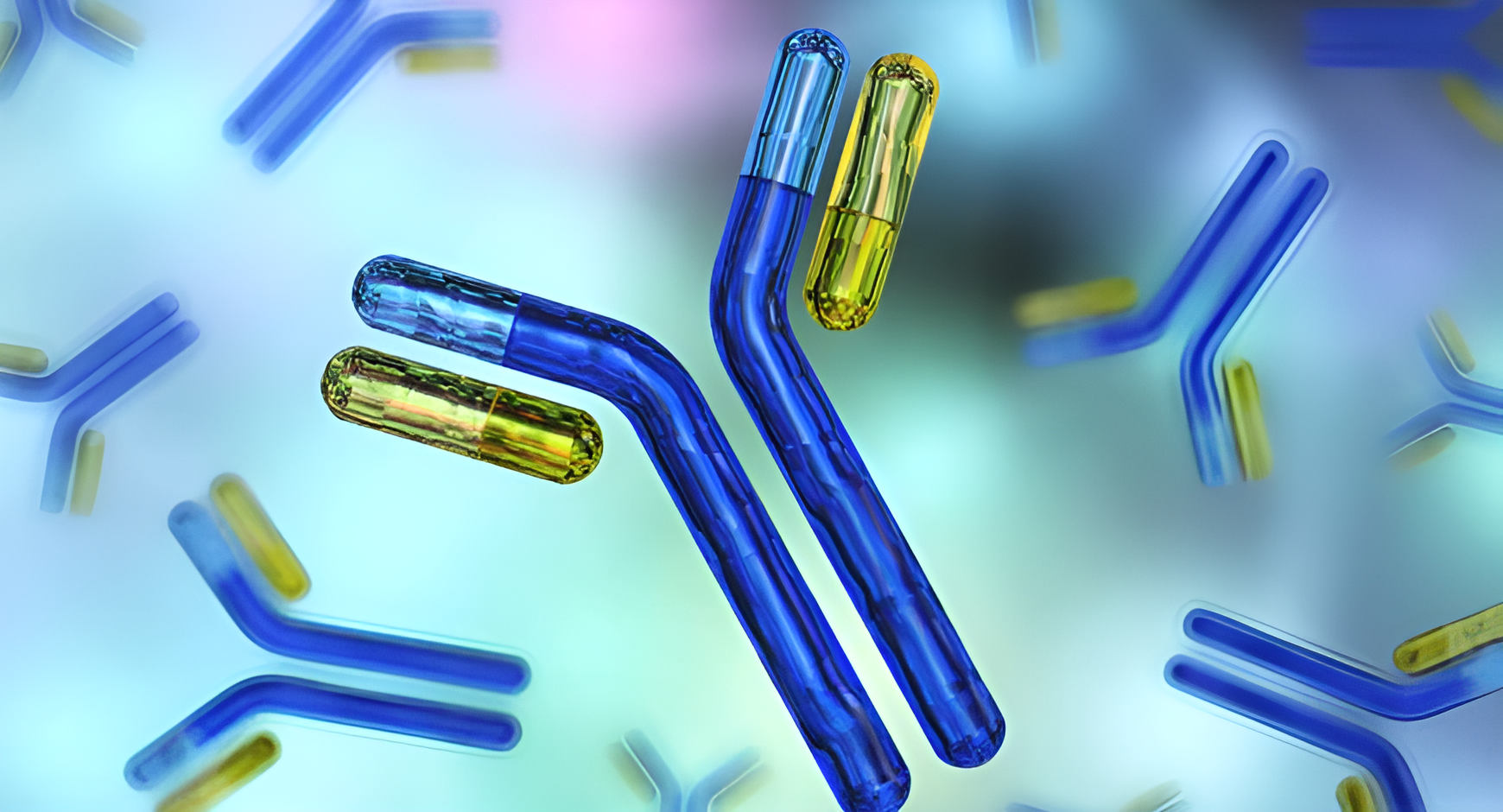Parallel bioreactor system for cell culture and microbiology
Optimize bioprocess development with a scalable system designed for precise parallel control of fermentation and cultivation. Ideal for rapid R&D advancements, this system enhances efficiency and flexibility in diverse applications from stem cell culture to biofuel production.

Facilitates Scalable Cell and Microbial Cultivation
The DASGIP® Parallel Bioreactor System from Eppendorf revolutionizes bench-top bioprocessing by enabling parallel operation of up to 16 bioreactors for scalable cell culture and microbial fermentation. This innovative system integrates DASware software solutions for superior process control, automation, and data management, ideal for producing monoclonal antibodies, biosimilars, biofuels, and biopolymers. Capable of handling glass and single-use vessels, it supports diverse applications from stem cell culture to bioethanol production through customizable process parameters like pH, dissolved oxygen, and temperature control. Operating at a power consumption of 480 W (without DASGIP Bioblock), it ensures energy efficiency, while its modular design allows for flexible integration within existing R&D and production environments. The system is equipped with robust automation including TMFC gas mixing, adaptable feeding strategies, and CIP capabilities, providing streamlined, contamination-free operations. Designed to meet industry standards, it offers a range of material options suitable for various process chemistries and ensures easy maintenance with user-friendly control units, making it an indispensable solution for pharmaceutical manufacturers and biotechnology companies.
Benefits
- Enhances process efficiency with parallel bioreactor operation, reducing development time.
- Minimizes resource usage through energy-efficient design and optimized motor control.
- Ensures flexibility with customizable process parameters tailored to specific applications.
- Supports regulatory compliance in pharmaceutical production with validated processes.
- Reduces contamination risks via integrated cleaning systems and single-use vessel options.
- Applications
- Cell culture, Microbiology, Biopolymer development, Biopharmaceuticals, Stem cell culture, Biofuel
- End products
- Enzymes, Polylactic acid (pla), Vaccines, Hematopoietic stem cells, Bioethanol, Monoclonal antibodies, Biosimilars, Polyhydroxyalkanoates (pha), Antibiotics, Induced pluripotent stem cells, Biodiesel, Probiotics, Cellulose-based bioplastics, Recombinant proteins, Neural stem cells
- Steps before
- Preparation of cell culture media, Sterilization of input materials, Calibration of bioreactor parameters, Installation of bioreactor vessels
- Steps after
- Analysis of bioprocess results, Harvesting of cell cultures, Downstream processing, Storage of final products
- Input ingredients
- cell lines, microbial cultures, media, gas mixtures (air, N2, O2, CO2), feed solutions
- Output ingredients
- biomass, metabolites, bioproducts, exhaust gases, temperature-controlled bioreactor contents
- Market info
- Eppendorf is known for manufacturing high-quality laboratory equipment, including pipettes, centrifuges, and bioprocessing tools. Renowned for their precision and reliability, Eppendorf's products are widely used in scientific research and clinical laboratories worldwide.
- Number of parallel units
- Up to 16
- Typical power consumption
- 480 W (at 230 V)/432 W (at 115 V)
- Dimensions
- 140 x 70 x 53 cm (55 x 28 x 21 in)
- Typical weight
- 78 kg
- Agitation speed range
- 30–1, 250 rpm (standard)/100–1, 600 rpm (optional)
- Gassing max rate (cell culture)
- 50 sL/h
- Gassing max rate (microbial)
- 250 sL/h
- Standard gas mixing
- Air, N2, O2 and/or CO2
- Feed lines per vessel
- Up to 8
- Standard feed rates
- 0.3–9.5 mL/h to 13–420 mL/h
- Temperature control range
- 5 K above cooling agent temperature – 99°C
- PH control
- Acid and/or base, and other set-ups
- DO control
- Cascade (O2 concentration, gas flow rate)
- Exhaust condensation
- Water-cooled or liquid-free (Peltier with DASGIP EGC4)
- Bioreactors volume
- 1.5 L to 2.3 L (cell culture) / 1.3 L to 2.1 L (microbiology)
- Automation level
- Advanced Bioprocess Control
- Parallel Operation
- Up to 16 bioreactors
- User-defined profiles
- Yes
- Integrated Steps
- Temperature, pH, DO control
- Process Control Software
- DASware control
- Modular Design
- Yes
- Agitation Control
- 30–1, 600 rpm
- Gas Flow Control
- TMFC/Rotameter
- Feeding System
- Up to 8 feed lines per vessel
- Cleaning Method
- Autoclavable/Pre-sterilized
- Exhaust Analysis
- Optional
- Biological compatibility
- Yes
- Cleanability
- Autoclavable/pre-sterilized
- Corrosive resistance (e.g. acids)
- Yes, variable speed pumps for accurate liquid addition and operation
- Density/particle size
- 1.5 L to 2.3 L for cell culture, 1.3 L to 2.1 L for microbiology
- Interchangeable Vessels
- Glass/single-use vessels
- Abrasion resistance
- N/A
- Machine footprint
- 140 x 70 x 53 cm (55 x 28 x 21 in)
- Typical weight
- 78 kg (96 kg without DASGIP Bioblock)
- Vessel type
- Glass/single-use vessels
- Agitation drive
- Direct/magnetic overhead drive
- Vessel capacity
- 1.3 L to 2.3 L
- Impeller type
- Pitched-blade/Rushton-type
- Gassing method
- TMFC
- Overlay and/or sparger
- Control Panel Type
- Process computer with monitor
- Integration Possibilities
- DASware control software
- Modular Design
- Flexible system configurations
- Interchangeable Vessels
- Glass/single-use vessels








